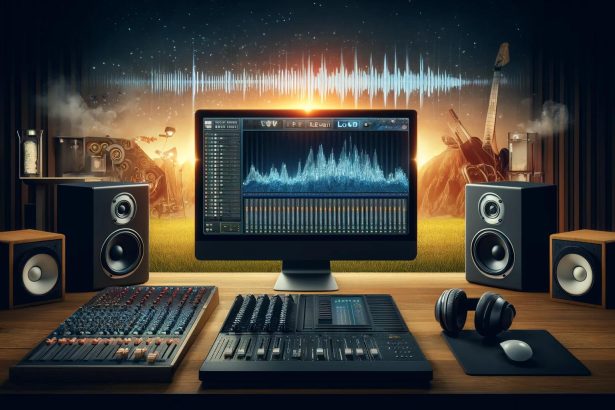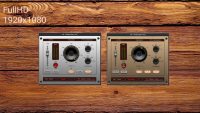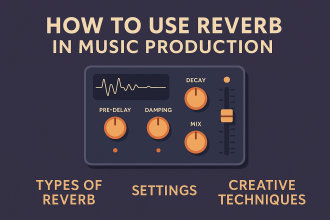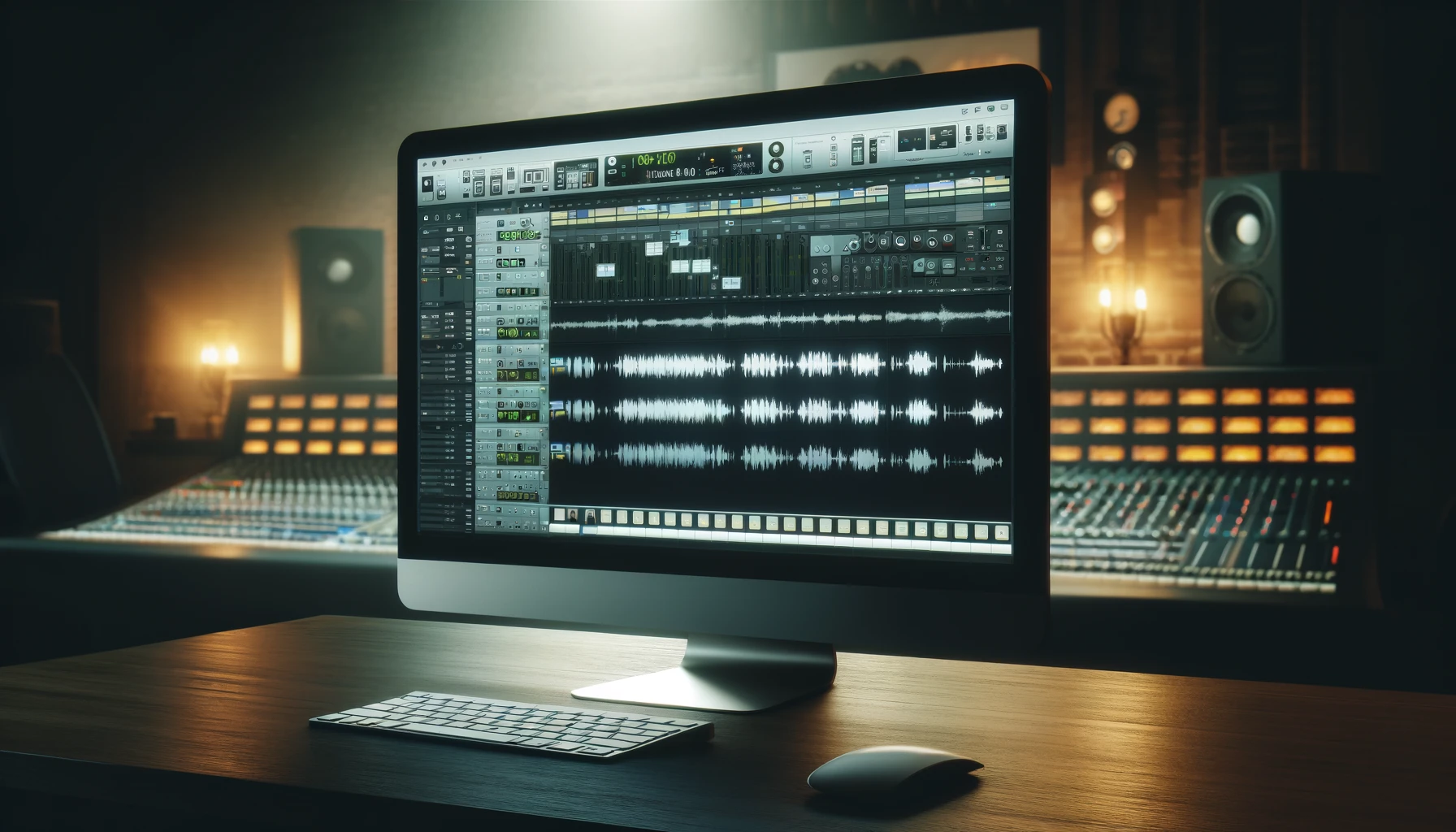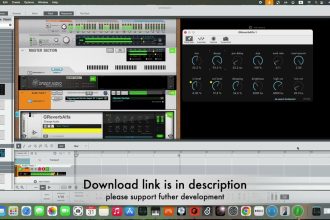In the realm of music production, the terms « LUFS » and « loud » often arise, each playing a crucial role in how audio is measured and perceived. While they might seem interchangeable to the uninitiated, they serve distinct purposes and are critical for achieving the best sound quality.
What is LUFS?
LUFS, or Loudness Units Full Scale, is a standardized measurement used to quantify the perceived loudness of audio. Developed by the European Broadcasting Union (EBU) and the International Telecommunication Union (ITU), LUFS provides an objective means to measure how loud audio feels to human ears. This measurement is crucial in broadcasting and streaming, ensuring consistent audio levels across different media.
The primary goal of LUFS is to prevent the « loudness war » – a trend where producers increase the volume of music to make it stand out, often leading to distortion and listener fatigue. By adhering to LUFS standards, producers can ensure that their tracks are both loud and clear without sacrificing quality.
Understanding « Loud »
In contrast, « loud » is a subjective term that describes how strong or intense a sound seems to a listener. Unlike LUFS, it doesn’t have a precise measurement and can vary greatly from person to person. Factors like the environment, the listener’s hearing ability, and even psychological state can influence the perception of loudness.
While « loud » is essential in describing the listener’s experience, it lacks the consistency needed in professional audio production. Hence, relying solely on the subjective notion of loudness can lead to inconsistent audio quality.
Why LUFS Matters in Music Production
Implementing LUFS in music production ensures that tracks maintain a balanced and pleasant listening experience across various platforms and devices. Streaming services like Spotify, Apple Music, and YouTube use LUFS to normalize audio levels, providing listeners with a consistent volume regardless of the track they play.
For producers, understanding and using LUFS means creating mixes that translate well across different playback systems. It allows for the precise control of dynamic range, ensuring that quieter parts of a track are audible without making louder sections overwhelming.
The Future of Audio Consistency
As the industry continues to embrace LUFS standards, the listening experience becomes more enjoyable and less fatiguing. Producers who adopt these standards not only improve the quality of their music but also ensure that their work meets the professional benchmarks expected by broadcasters and streaming platforms.
In conclusion, while « loud » remains a useful descriptor in everyday language, LUFS provides the precision and consistency needed in modern music production. By understanding and applying LUFS measurements, producers can create high-quality audio that stands out for all the right reasons.
![]()

